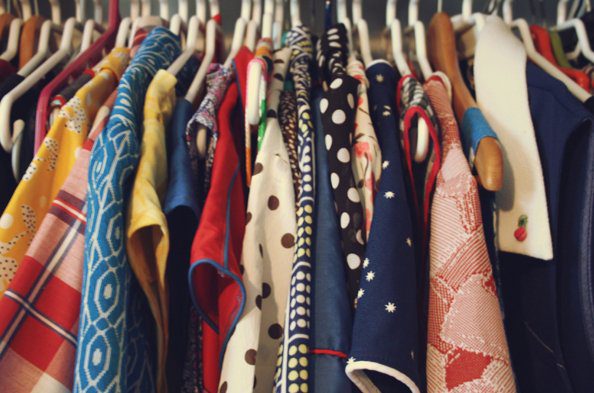Our current fast fashion clothing culture is becoming more and more difficult to maintain. Clothes are never advertised as ‘throw away’ or disposable and yet much of the fashion in today’s stores isn’t created to last more than a season of wear. Inexpensive materials are disguised as more expensive counterparts, which means that more people (at least in developed countries) are able to afford high street fashion look-a-likes. Unfortunately this results in compromised construction and often uses cheap labour to produce.
Fashion is more than fabric; it is a product with a significant ecological footprint that encompasses water use, resources, labour, and energy. At each stage there is the potential for cutting costs to produce more clothing for less money, but these costs come with a certain amount of waste. For instance, did you know that about fifteen percent of the fabric used to make an item of clothing is not used? There are many ways to make use of this excess fabric including reinforcing parts of garments to make them more durable.
Clothing is often thrown away because visible repairs are considered ugly and diminishing to the garment’s value. It is important to consider how clothing could be designed that incorporates repairs into the overall look of the item. For instance, patches that fade over time to match the clothing’s overall colour.
Although designing for sustainability seems like a recent trend, it has actually been around for centuries. This type of design can actually support a more sustainable lifestyle. Designing clothing that can actually change over time, whether by using excess material incorporated into the garment or preparing for visible repairs, will allow clothing to last longer.







